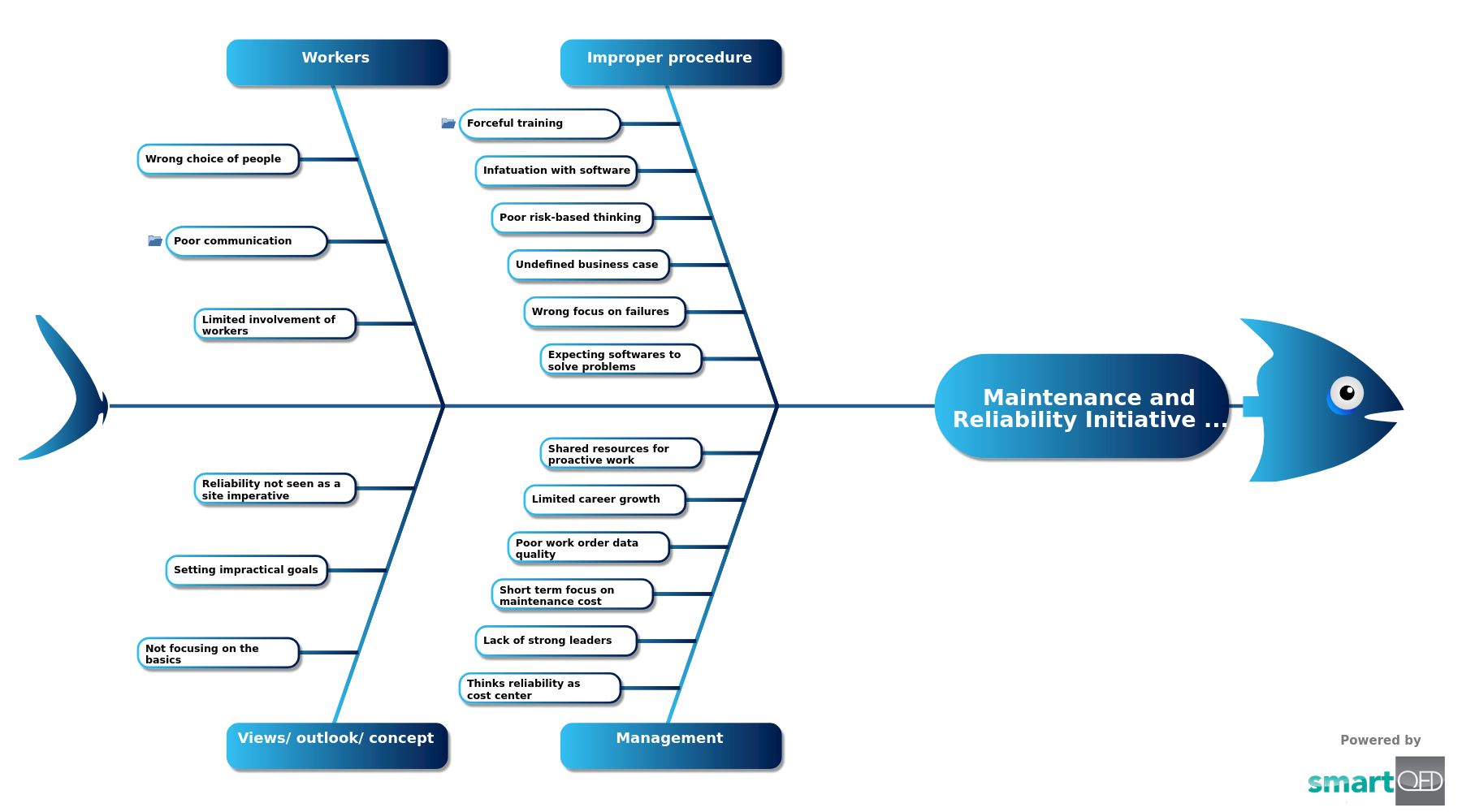Reasons for failure of maintenance and reliability

The reliability signifies the ability of a machine, system or apparatus to perform consistently its function without degradation. In other way it is defined as the probability of success (Reliability = 1 − Probability of Failure). Reliability engineering centers around the system with the life cycle management as its pivot. This is a subset of systems engineering. Its metrics focuses on the functioning capability at a specified moment or interval of time. Probability derived from reliability, testability and maintainability. Testability, maintainability and maintenance are often defined as a part of “reliability engineering” in Reliability Programs. Reliability plays a key role in the cost-effectiveness of systems. Reliability-centered maintenance differs from ordinary maintenance programs a lot. It’s an alternative way of viewing the system performance in terms of the impact of failure. On the basis of the results, mitigation is done by design, detection, or effective maintenance.
Maintenance and Reliability Initiative Fails
Improper procedure
Management
Workers
Views/ outlook/ concept
This Ishikawa diagram describes some of the main reasons for failure in reliability and maintenance initiative. The main causes are under each category or group. This root cause analysis template helps to organize a variety of reasons for any issue.
Curated from community experience and public sources: